Leveraging AI and Machine Learning in Point of Sale Software
Artificial intelligence (AI) and machine learning (ML) have rapidly become transformative technologies across various industries, and the mortgage industry is no exception. Mortgage lenders are increasingly embracing AI and ML to simplify processes, improve efficiency, mitigate risks, and enhance the overall borrower experience. Let’s look at how AI and ML are transforming the point of sale (POS) software used by lenders.
Improving Efficiency and Streamlining Processes
One of the key benefits of AI and ML in POS systems is the ability to automate manual and time-consuming tasks, ultimately boosting efficiency. For instance, these technologies can automatically gather and analyze borrower data, such as income, credit scores, and employment history, to generate accurate pre-qualification results in just seconds. This not only saves time for borrowers but also reduces the workload for lenders, allowing them to process more applications in less time.
Furthermore, AI-powered algorithms can analyze vast amounts of historical data to identify patterns and predict potential risks, such as the likelihood of default or fraud. By integrating this predictive capability into POS systems, lenders can make more informed decisions and assess creditworthiness more accurately and efficiently. This not only speeds up the lending process but also helps minimize the risk of bad loans, resulting in increased profitability and reduced exposure to defaults.
Enhancing Risk Management and Compliance
AI and ML play a crucial role in improving risk management and ensuring regulatory compliance in the mortgage industry. These technologies can help lenders identify and mitigate potential compliance risks by automatically monitoring and flagging any discrepancies in borrower information with regulatory requirements. ML algorithms can also continuously learn and adapt to changing regulations, thereby ensuring that the POS systems remain up to date and compliant.
Additionally, AI-powered systems can analyze large volumes of borrower data to detect unusual patterns or fraudulent activities. By combining AI with advanced fraud detection algorithms, lenders can proactively identify and prevent fraudulent transactions, protecting both borrowers and the company from financial loss. This capability significantly enhances risk management and reduces the potential impact of fraudulent activities on lenders’ portfolios.
Elevating the Borrower Experience
In the digital era, borrowers increasingly expect a streamlined and personalized experience when applying for a mortgage. AI and ML can deliver on these expectations by providing borrowers with a seamless and user-friendly interface, thereby improving the borrower experience throughout the POS process.
For instance, AI-powered chatbots can assist borrowers in real-time, answering their questions and guiding them through the mortgage application process. These virtual assistants can mimic human-like interactions, offering personalized recommendations and proactive guidance. By incorporating natural language processing (NLP) capabilities, chatbots can understand and respond to borrower inquiries, enhancing communication and reducing friction during the application process.
Moreover, ML algorithms can analyze borrower data to identify specific needs and preferences, allowing lenders to offer personalized mortgage options tailored to each borrower’s financial situation. By leveraging AI, lenders can deliver customized product recommendations, interest rates, and loan terms, significantly enhancing the overall borrower experience and increasing the likelihood of conversion.
In conclusion, AI and ML are revolutionizing the mortgage industry, particularly in the realm of POS systems. These technologies improve efficiency, streamline processes, enhance risk management, ensure compliance, and elevate the overall borrower experience. Mortgage lenders who embrace AI and ML in their POS systems are poised to gain a competitive edge in an increasingly digital and customer-centric market.




